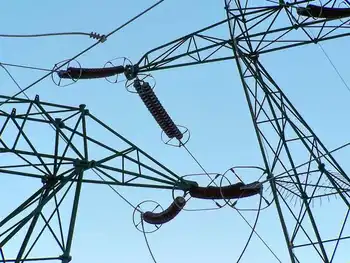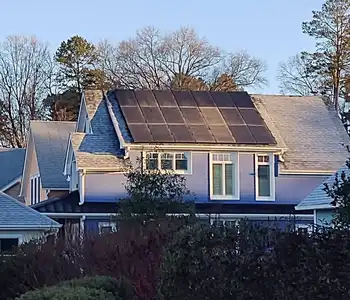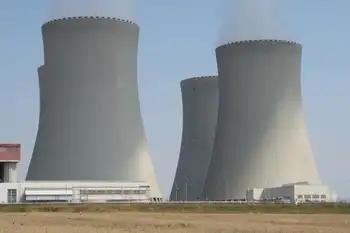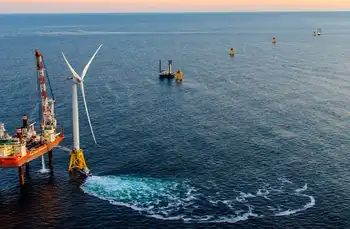Oklahoma needs renewable energy standard
By Associated Press
NFPA 70e Training
Our customized live online or in‑person group training can be delivered to your staff at your location.

- Live Online
- 6 hours Instructor-led
- Group Training Available
Denise Bode, now president and CEO of the American Wind Energy Association — a Washington, D.C.-based trade group — spoke at the start of the "Revolution" wind energy conference.
The former Oklahoma corporation commissioner said 29 states have a renewable energy, or portfolio, standard that requires or encourages electricity providers to obtain a minimum percentage of their power from renewable energy resources by a certain date.
All of Oklahoma's border states, except Arkansas, have such a standard. A national renewable energy standard also is being discussed in Congress, she said.
Such standards, she said, give those in the renewable energy industry — particularly companies that manufacture parts for wind turbines — assurances their product will be used.
"That is a policy that every manufacturer looks at... when they're deciding to actually build a facility in a state," Bode said.
But the concept of what they call a "mandate" doesn't appeal to top officials from two of the state's largest utilities who also spoke at the conference. The presidents of Public Service Company of Oklahoma and Oklahoma Gas and Electric Co. both said the lack of a renewable energy standard hasn't hurt wind development in the state.
PSO has 393 megawatts of wind-generated power under long-term contracts and plans to add 198 megawatts to that portfolio, meaning it will receive about 11 percent of its energy from wind. OG&E has 170 megawatts of wind capacity in production and has said it wants to more than triple that capacity by the end of 2010.
"We don't have a renewable portfolio standard, but... we're in the top 10 in terms of wind energy production," said Stuart Solomon, PSO president and chief operating officer. "We've done a lot without any sort of standard or a mandate."
Solomon said he expects a potential standard to be an issue during the upcoming session of the Oklahoma Legislature. PSO would be willing to discuss the issue "and we can do something that makes sense."
OG&E Chairman, President and CEO Pete Delaney said his company doesn't think such a standard is necessary.
"We're really driven by economics," Delaney said. "We're market-driven. We're not mandate-driven.... We're investing in transmission, in wind farms to develop that capacity.
"We want to send a signal that this state is focused on the development of renewables. People get the impression, 'Oh, they don't have a (renewable energy standard), so they don't care about it.' As you can see, that's not the fact."
Bode said there is potential for the generation of 80,000 megawatts of wind power in Oklahoma, but only 830 megawatts of generation have been developed so far.
A state standard proposal could come through either the Legislature or Corporation Commission, commission spokesman Matt Skinner said. But any standards eventually would have to be approved by the Legislature and signed by the governor.
Bode, a Republican who served on the Corporation Commission from 1997 to 2007, said that while she's a conservative, she believes the state has the right to implement a standard.
"It is the appropriate role of government, when you are dealing with a regulated monopoly that has been granted a guaranteed service territory and a guaranteed rate of return that comes from its consumers... to have the government entity that oversees them... to determine what's in the public interest," she said.











